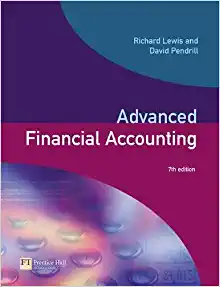Question
1. Suppose you owned a portfolio consisting of $250,000 of long-term U.S. government bonds. a. Would your portfolio be riskless? Explain. b. Now suppose the
1. Suppose you owned a portfolio consisting of $250,000 of long-term U.S. government bonds.
a. Would your portfolio be riskless? Explain.
b. Now suppose the portfolio consists of $250,000 of 30-day Treasury bills. Every 30 days your bills mature, and you will reinvest the principal ($250,000) in a new batch of bills. You plan to live on the investment income from your portfolio, and you want to maintain a constant standard of living. Is the T-bill portfolio truly riskless? Explain.
c. What is the least risky security you can think of? Explain
2. Stock A has an expected return of 7%, a standard deviation of expected returns of 35%, a correlation coefficient with the market of 20.3, and a beta coefficient of 20.5. Stock B has an expected return of 12%, a standard deviation of returns of 10%, a 0.7 correlation with the market, and a beta coefficient of 1.0. Which security is riskier? Why?
3. In Chapter 7, we saw that if the market interest rate, rd , for a given bond increased, the price of the bond would decline. Applying this same logic to stocks, explain
(a) how a decrease in risk aversion would affect stocks' prices and earned rates of return,
(b) how this would affect risk premiums as measured by the historical difference between returns on stocks and returns on bonds, and
(c) what the implications of this would be for the use of historical risk premiums when applying the SML equation.
Step by Step Solution
There are 3 Steps involved in it
Step: 1

Get Instant Access to Expert-Tailored Solutions
See step-by-step solutions with expert insights and AI powered tools for academic success
Step: 2

Step: 3

Ace Your Homework with AI
Get the answers you need in no time with our AI-driven, step-by-step assistance
Get Started


